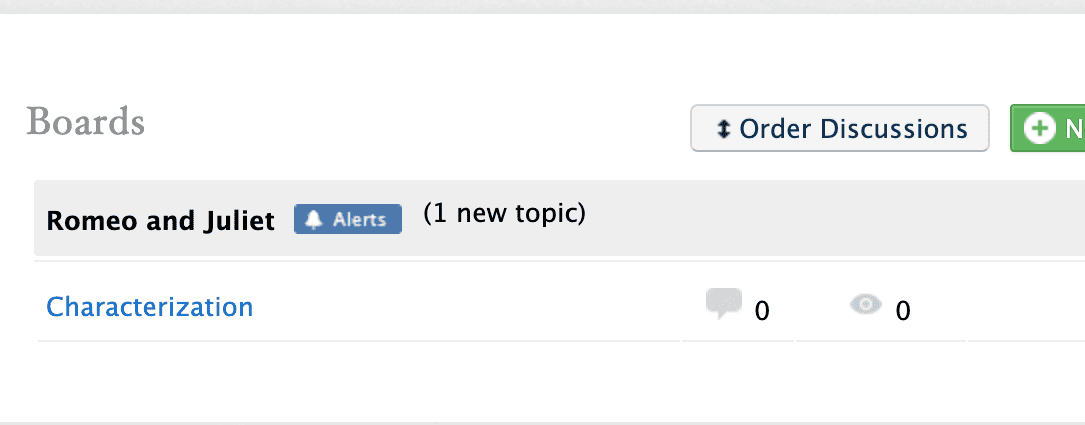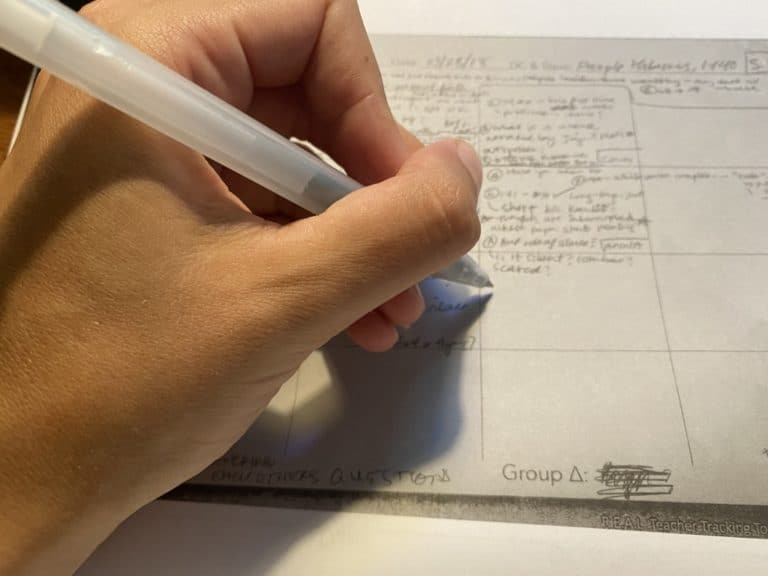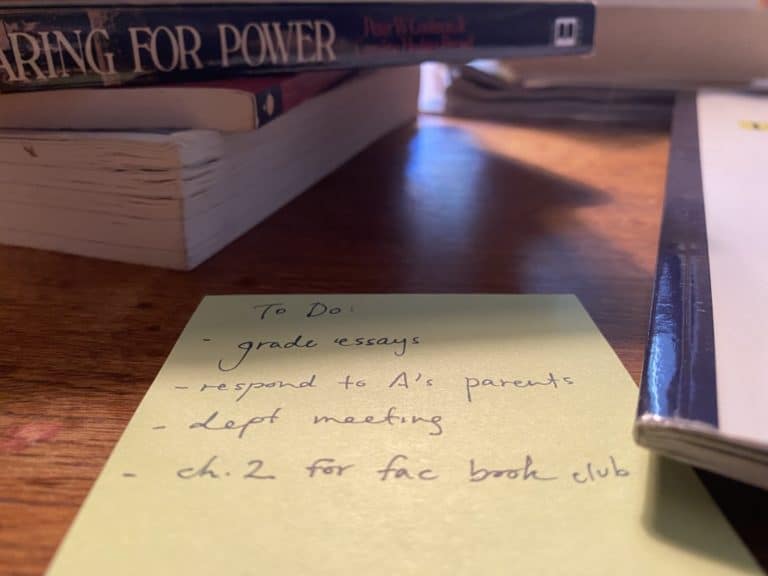Social Presence in the Online Classroom
Footnotes posts summarize the newest research related to student-led discussion. Think of it as teacher-approved SparkNotes (with better citations) for papers published by top schools of education, research-based websites, and the think tanks.
Patrick Lowenthal and Joanna C. Dunlop, Investigating students’ perceptions of instructional strategies to establish social presence. Everyone’s afraid of Zoom fatigue these days. By 2018, though, Patrick Lowenthal and Joanna C. Dunlop — who both teach university courses online — had already noticed and worked on the problem of social presence (or lack thereof) in the online classroom. Their research, published in Distance Education (39.3), presents a coherent and systematic review of student feedback to the numerous techniques they employ to build what researchers since the 70s have called “social presence” in the classroom. Out of 24 distinct strategies that the professors incorporated into the classroom to enhance student-to-student and student-to-teacher connection, they were surprised to find that the most consistently useful measure, as identified in both surveys and interviews, was one-on-one contact with professors, specifically through email. Students could not agree on much else, it seemed, that would or had helped them to connect socially in their online classrooms. Ultimately, then, Lowenthal and Dunlop emphasize the importance of integrating multiple different strategies for engagement into the online classroom. We recommend the article for teachers looking for ideas to structure socially present classes, for teachers interested in data-driven models about student engagement in online work, and for administrators fashioning action plans with teachers moving to more online work.





